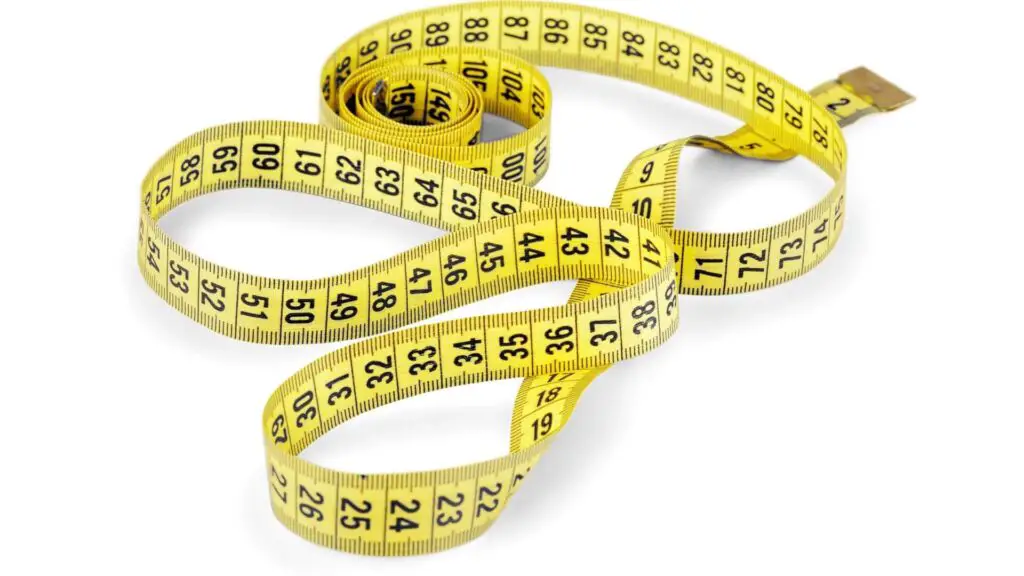As a goalkeeper, your gloves are arguably the most important piece of equipment you will own. They protect your hands from the impact of the ball, provide grip, and help you control the ball. However, it can be challenging to know if your goalkeeper gloves are too small.
In this article, we will explore some of the signs that your goalkeeper gloves may be too small, and what you should do about it.
Let’s get started.
How do you know if Goalkeeper Gloves are too Small?
- Tight Fit
One of the most obvious signs that your goalkeeper gloves are too small is a tight fit. If your gloves are too small, they will feel uncomfortable and restrict your hand movements.
You may also notice that your fingers feel cramped or that the gloves leave marks on your skin after use.
- Finger Movement
Another sign that your goalkeeper gloves are too small is that your fingers feel restricted or don’t move freely. Your fingers should be able to move independently within the gloves, allowing you to grip the ball and make saves.
If your fingers feel cramped or restricted, it may be a sign that your gloves are too small.
- Lack of Grip
If you are finding it challenging to grip the ball, this could be a sign that your goalkeeper gloves are too small. Your gloves should provide a secure grip, allowing you to control the ball and make saves.
If you struggle to grip the ball, it may be a sign that your gloves are too small or that the palms are worn out.
==>> Also read: How do I give my goalie gloves more grip?
- Slipping or Movement
If your goalkeeper gloves are too small, they may slip or move around during use. This can be frustrating and can affect your ability to make saves.
Your gloves should fit snugly without being too tight, providing stability and control.
You can also read this article: Are goalie gloves supposed to be tight?
What To Do If Your Goalkeeper Gloves Are Too Small
If you have determined that your goalkeeper gloves are too small, it’s essential to take action. Continuing to use gloves that are too small can cause discomfort and even lead to injuries.
Here are some steps you can take to address the issue:
- Measure Your Hands

The first step in finding the correct goalkeeper gloves is to measure your hands. This will help you determine the correct size for your gloves.
To measure your hands, use a tape measure and wrap it around the widest part of your hand, excluding your thumb. Record the measurement in inches and use a size chart to determine the correct size for your gloves.
- Try Different Brands and Styles
Once you have determined the correct size for your goalkeeper gloves, it’s time to try on different brands and styles. Every brand and model of gloves will fit differently, so it’s essential to find the right fit for your hands.
Don’t be afraid to try on multiple pairs of gloves before making a purchase.
I would recommend you check out the Reusch brand for your goalie gloves.
- Invest in Quality Gloves
While it may be tempting to save money by purchasing cheaper goalkeeper gloves, investing in quality gloves is essential.
High-quality gloves will provide better protection, grip, and durability, making them a better investment in the long run.
- Take Care of Your Gloves
To ensure that your goalkeeper gloves last as long as possible, it’s essential to take care of them. This includes washing them after use, storing them in a cool, dry place, and avoiding excessive wear and tear.
==>>You can also read my article on how to wash goalkeeper gloves here.
Final Thoughts
As a goalkeeper, your gloves are your most important piece of equipment. It’s essential to ensure your gloves fit properly to protect your hands, provide grip, and control the ball.
If you notice any of the signs that your goalkeeper gloves are too small, take action to address the issue.
By measuring your hands, trying on different brands and styles, investing in quality gloves, and taking care of them, you can ensure that your goalkeeper gloves are the right size and provide the protection and grip you need on the field.

